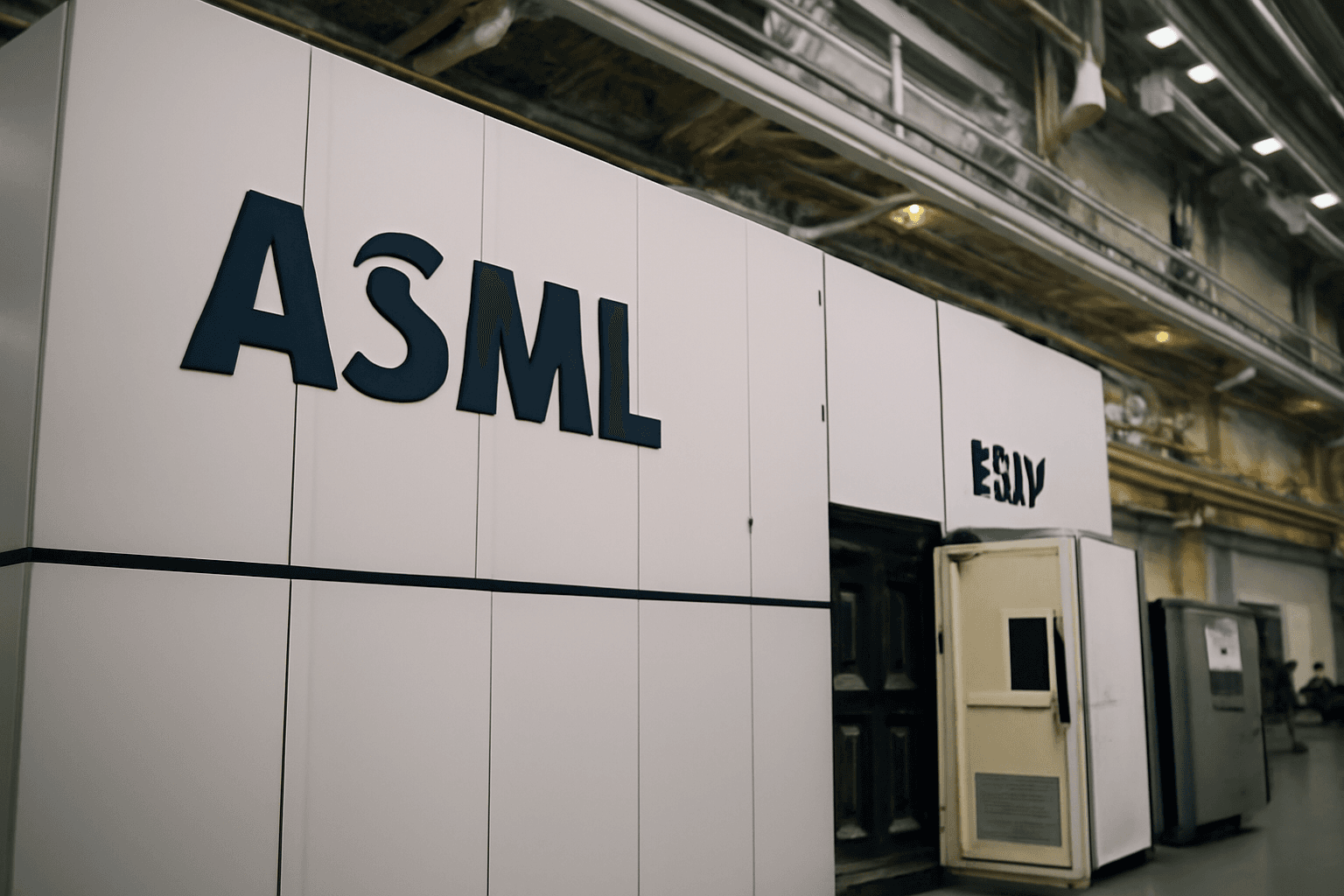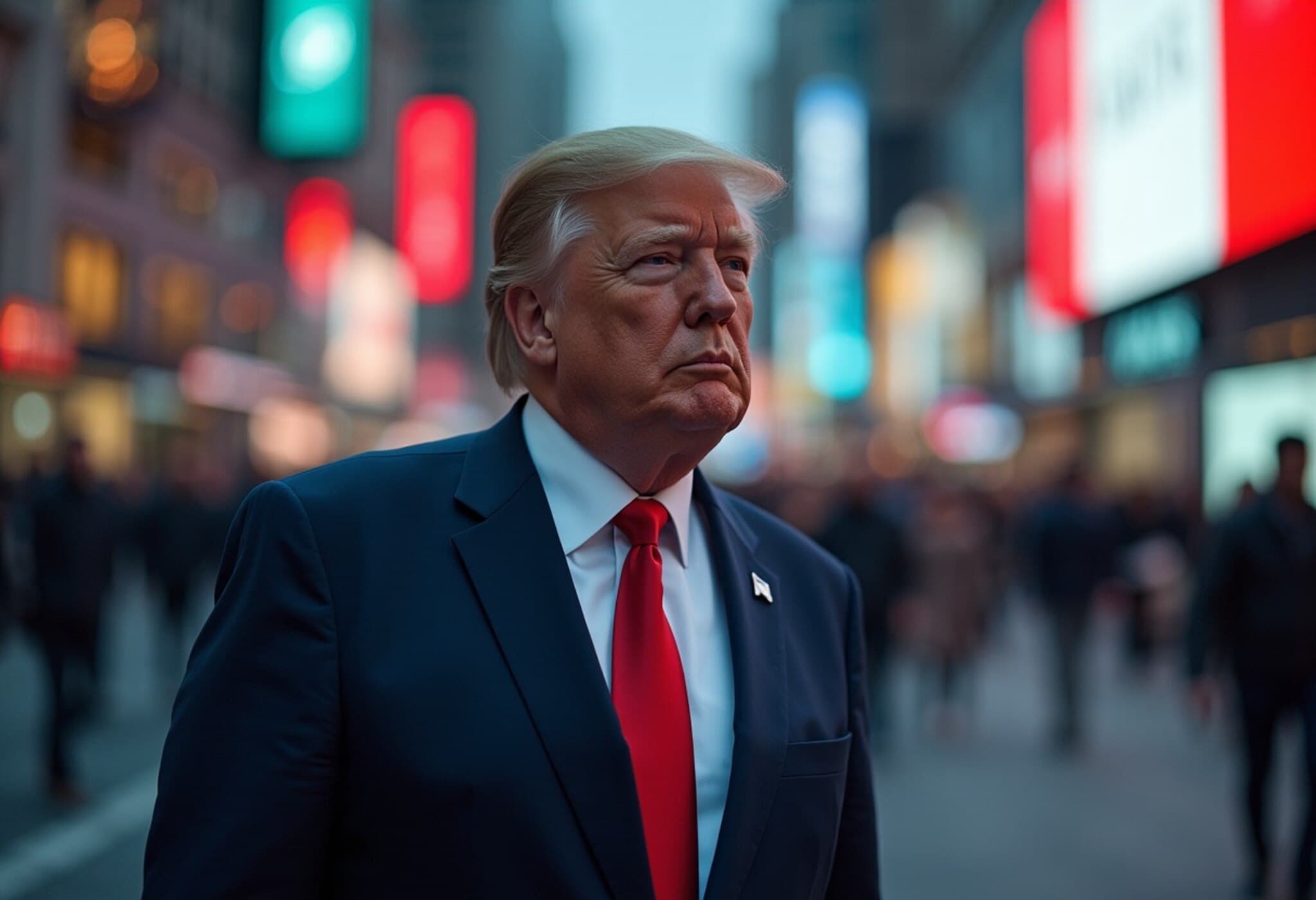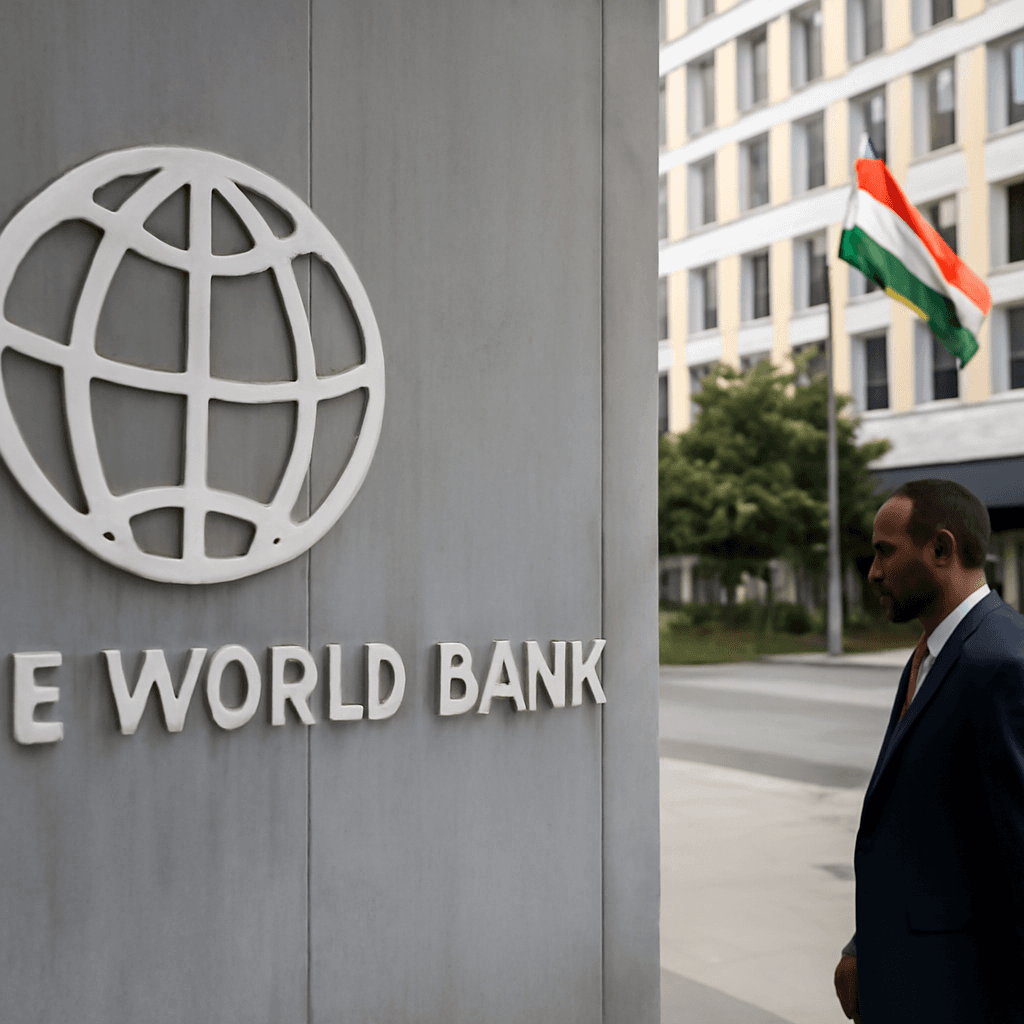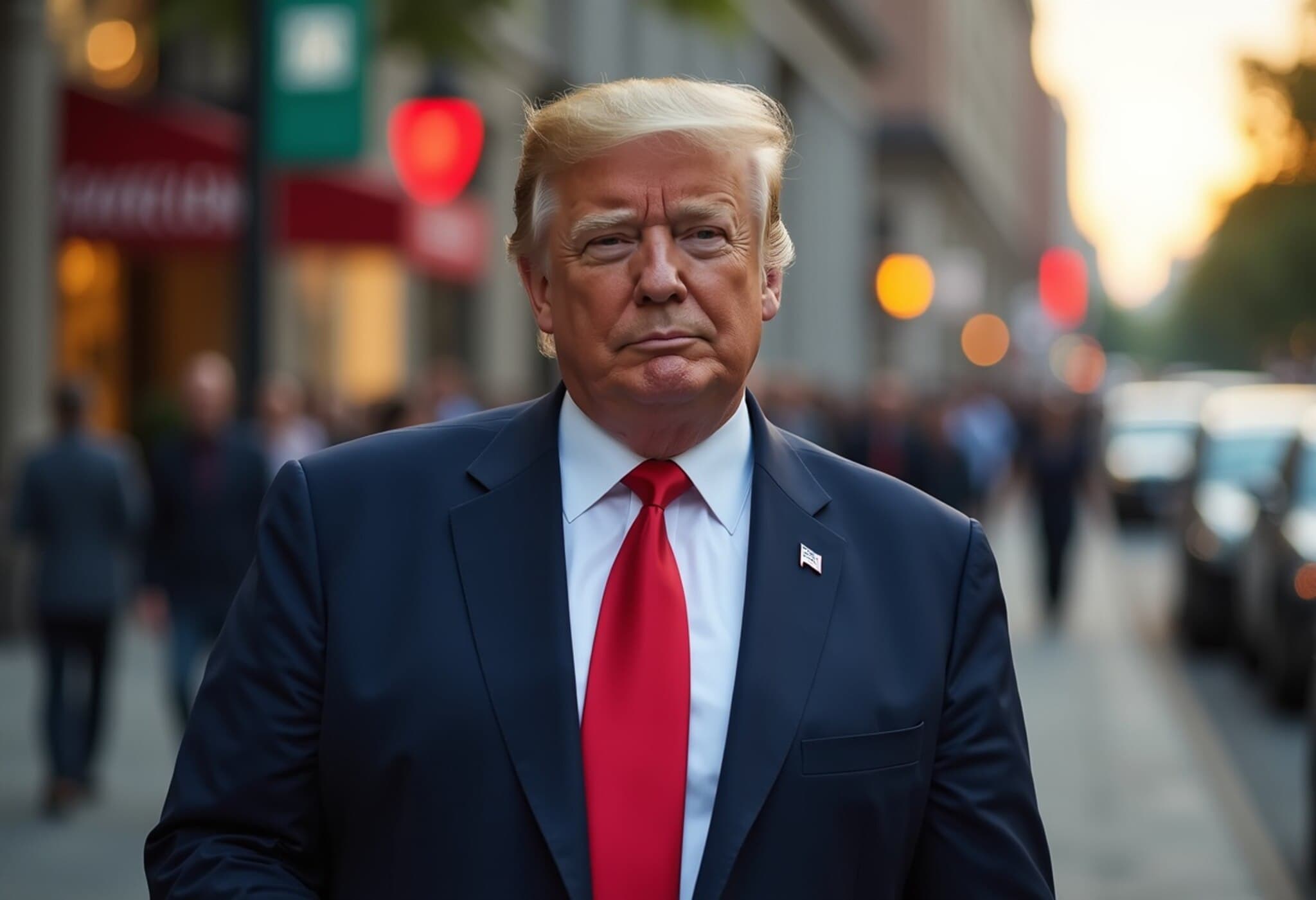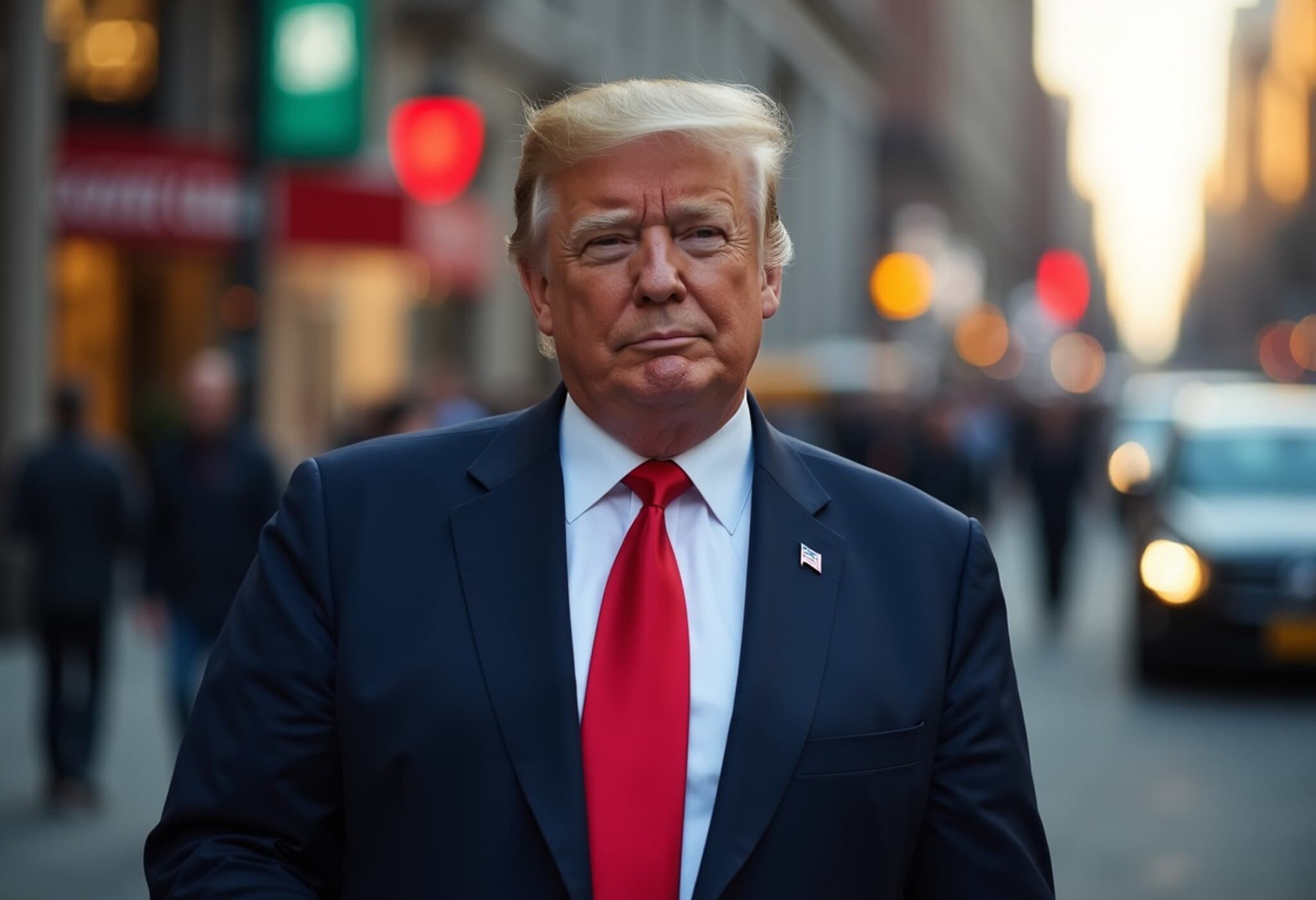U.S. Tariffs Go Live: What It Means for Global Trade and Markets
On August 7, 2025, the United States implemented a sweeping set of tariffs affecting dozens of countries worldwide, marking one of the most significant trade actions since the Smoot-Hawley Act of the 1930s. President Donald Trump's administration enforced "reciprocal" tariffs designed to level the playing field—but the global economic impact remains complex and evolving.
For many businesses and consumers, these tariffs are more than mere numbers—they ripple through supply chains, pricing, and market confidence. Yet, the "taco trade," as some lightheartedly call the ongoing commerce between the U.S. and Mexico, continues unaffected, showing resilience amidst tariff turbulence.
Understanding the Tariffs: Scope and Uncertainty
- Broad application: Dozens of key U.S. trading partners now face tariffs on their exports to the American market.
- Baseline rate: Countries not explicitly exempt are subject to a 10% tariff, establishing a new baseline for trade relations.
- Dynamic negotiations: Historical delays and reversals—such as postponed deadlines and softened tariffs on China—signal ongoing talks rather than a fixed trade stance.
Trade experts warn that the fluid nature of these tariffs keeps businesses on edge. As negotiations progress, some tariffs may be eased, reflecting the high-stakes dance between protectionism and open markets.
Financial Markets: A Mixed Bag Amid Tariff Pressures
The markets responded with a blend of caution and optimism. On one hand, major U.S. indexes like the Dow Jones Industrial Average retreated from recent highs as investors opted to secure gains amidst uncertainty. Conversely, the technology-heavy NASDAQ advanced, underscoring tech sector resilience despite political headwinds.
Across the Atlantic, European markets showed modest strength, with the Stoxx Europe 600 rising nearly 0.9%, buoyed by promising earnings reports amid a shifting global trade environment.
Market volatility underscores:
- The fragility of investor confidence in unpredictable trade policy landscapes.
- The differentiated impact of tariffs across sectors—tech firms, for example, may be navigating costs differently than manufacturing or agriculture.
- The importance of monitoring upcoming trade negotiations, as any breakthrough or setback could quickly reverse market sentiment.
Leadership Shifts and Corporate Controversy
In a notable policy development, President Trump nominated Jared Miran, former chair of the Council of Economic Advisors, as a new Federal Reserve governor, filling a key vacancy through January 2026. Miran’s expertise is expected to influence monetary policy amid trade tensions and inflation concerns, though he will not replace Fed Chair Jerome Powell.
Meanwhile, Intel found itself embroiled in political controversy. Shares dipped following President Trump’s outspoken demand for CEO Tan to resign, citing alleged conflicts of interest tied to Chinese companies. This public call comes at a sensitive moment for the chip industry, which operates at the intersection of geopolitics and cutting-edge technology.
Trade Talks with China: Air Freight Booms Amid Deadline Pressure
Amid ongoing negotiations with China, uncertainty surrounding potential tariff escalations has accelerated air freight activity. Companies are rushing to ship goods before the upcoming August 12 tariff deadline, demonstrating the tangible effects of political brinkmanship on global logistics.
Experts highlight this rush as a double-edged sword: while it stimulates immediate business for freight carriers, it also signals the precariousness of supply chains vulnerable to policy swings.
Innovation Spotlight: OpenAI Launches GPT-5
In parallel with economic developments, technology innovation made headlines as OpenAI announced the release of its GPT-5 model. Now accessible to all ChatGPT users, this advanced AI promises to enhance capabilities across writing, coding, and healthcare sectors. This democratization of AI tools could catalyze productivity gains even as economic uncertainties persist.
What’s next for readers and businesses?
- Stay informed: Market and policy updates are essential as trade negotiations remain fluid.
- Consider sector impacts: Not all industries face tariffs equally; strategic adaptation is crucial.
- Watch leadership changes: Federal Reserve governance can subtly influence economic outlooks.
- Embrace innovation: AI advancements like GPT-5 offer opportunities amid economic challenges.
Editor’s Note
The latest wave of U.S. tariffs underscores the finely balanced tension between protectionist policies and global commerce. While markets digest these changes with varied responses, the story is far from settled. Key questions linger: Will ongoing negotiations ease tensions or exacerbate them? How will businesses adapt supply chains in this unpredictable landscape? And amidst geopolitical challenges, can technological innovation provide a buoyant counterweight?
For readers, understanding these dynamics is more than academic—it’s about anticipating how trade policies influence everyday costs, market stability, and future innovation. As always, staying grounded in reliable analysis will be critical in navigating what comes next.


